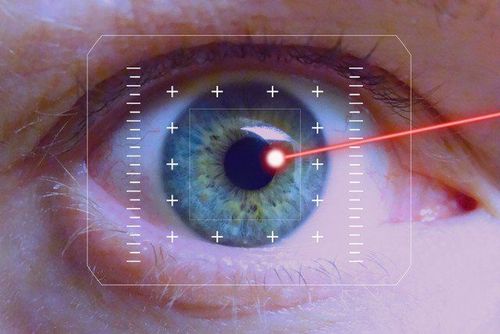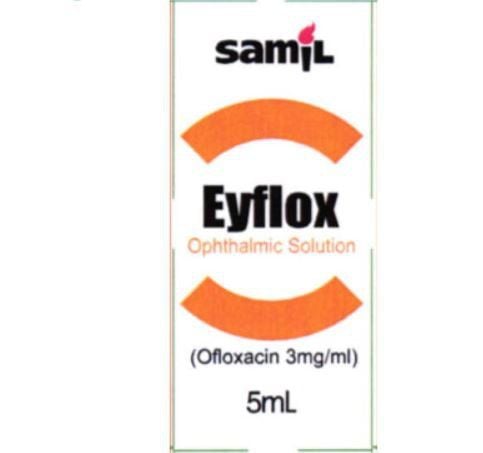This is an automatically translated article.
Vision surgery ICL (Implantable Collamer or Implantable Contact Lens) is an alternative myopia eye surgery method for Lasik. During this procedure, your ophthalmologist will implant a permanent contact lens in your eye.
1. When can a patient have ICL surgery?
For nearsighted patients, they can see close objects but have difficulty seeing distant objects. When vision is impaired, there are several options for correcting this condition including:
Contact lenses Lasik correction surgery ICL surgery Your current level of nearsightedness will determine if you can apply the method. Which treatment is effective. A minor refractive problem can be easily treated with glasses or contact lenses but may not qualify for Lasik surgery. ICL refractive surgery will help meet the need for surgery in people who don't want to wear glasses or contact lenses.
2. Some types of ICL surgery
2.1. ICL Soft Lens A soft lens that lives up to its name. This is a lens made from an easily bendable polymer material with a design similar to the collagen found in the cornea, so it is less likely to cause an adverse reaction.
During the surgery, your doctor will make an opening in the top layer of your eye, called the sclera, near the edge of your cornea. They then placed the soft lens inside the eye at the back of the iris.
2.2. Intraocular Lens This type of ICL surgery is specially designed for patients who are ineligible for Lasik surgery because of their severe nearsightedness. For this type of surgery, the doctor places a lens between the cornea and the iris so that the patient's eyes can focus better.
Surgeons use small stitches to close the incision so that the lens is in place. With this type of lens, its overall function decreases with age. Therefore, the patient may need to use glasses to read books in adulthood. If a patient with an intraocular lens has a cataract, the doctor is forced to remove the lens to conduct corrective surgery.
With both surgical methods, the patient's natural lens remains in place. The lenses are used to improve a patient's vision without the use of glasses or contact lenses.
3. Is ICL surgery permanent?
For most cases the answer is yes. The lens can be removed, but removal requires another surgery. If a patient chooses to have the lens removed after ICL surgery, vision may be less than it was before surgery.
4. Some complications of ICL surgery
Any medical procedure carries risks, so it's important to talk to your specialist about the pros and cons of ICL surgery before making your decision. Some complications may be encountered such as:
Vision loss: The patient's vision may be worse after ICL surgery because the lens transplant may not be successful. Changes in vision: ICL patients may experience double vision, halos, glare, or difficulty seeing well in low light. Perform additional surgery: If the first ICL surgery is unsuccessful, the patient may need to undergo another surgery. If the lens becomes eccentric or moves out of place, the surgeon must cut the eye again to correct or replace the lens. Unexpected results: Vision is not always fully restored after surgery, it can be improved but not as good as you expect. Lenses are too strong or too weak for individual needs, so reading glasses or contact lenses may be needed to achieve perfect vision after surgery. In severe cases of incorrect ICL lenses, you may need another surgery. Pressure: Patients may feel pressure in or behind their eyes after surgery. Retinal detachment: Eye surgery can cause retinal detachment when the tissue at the back of the eye that senses light is no longer connected to the eye. Infection: If you have pain after surgery, it could be a sign of an infection. Although soreness and discomfort are common, most people recover from ICL surgery quickly.
Please dial HOTLINE for more information or register for an appointment HERE. Download MyVinmec app to make appointments faster and to manage your bookings easily.
Reference source: webmd












